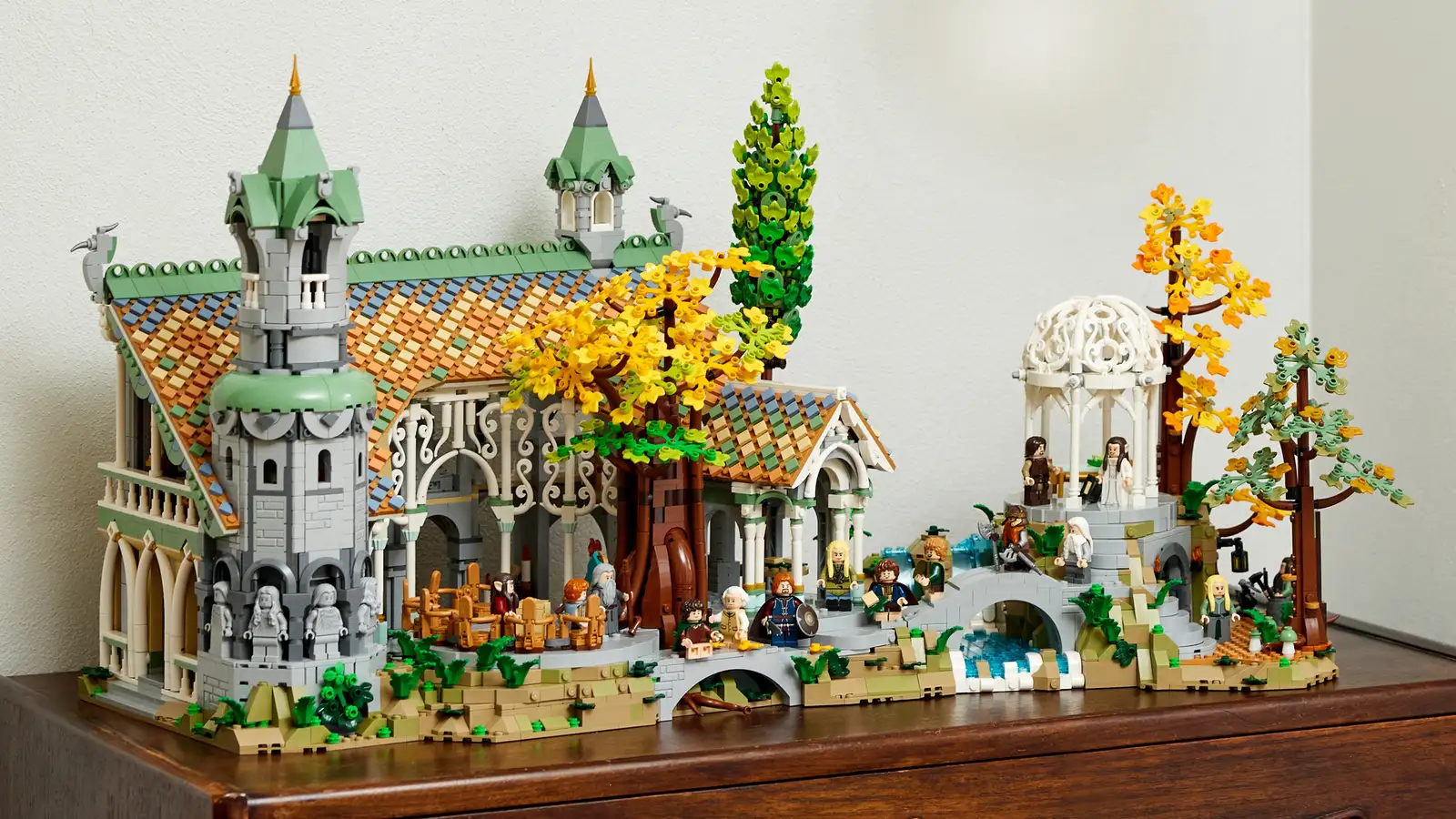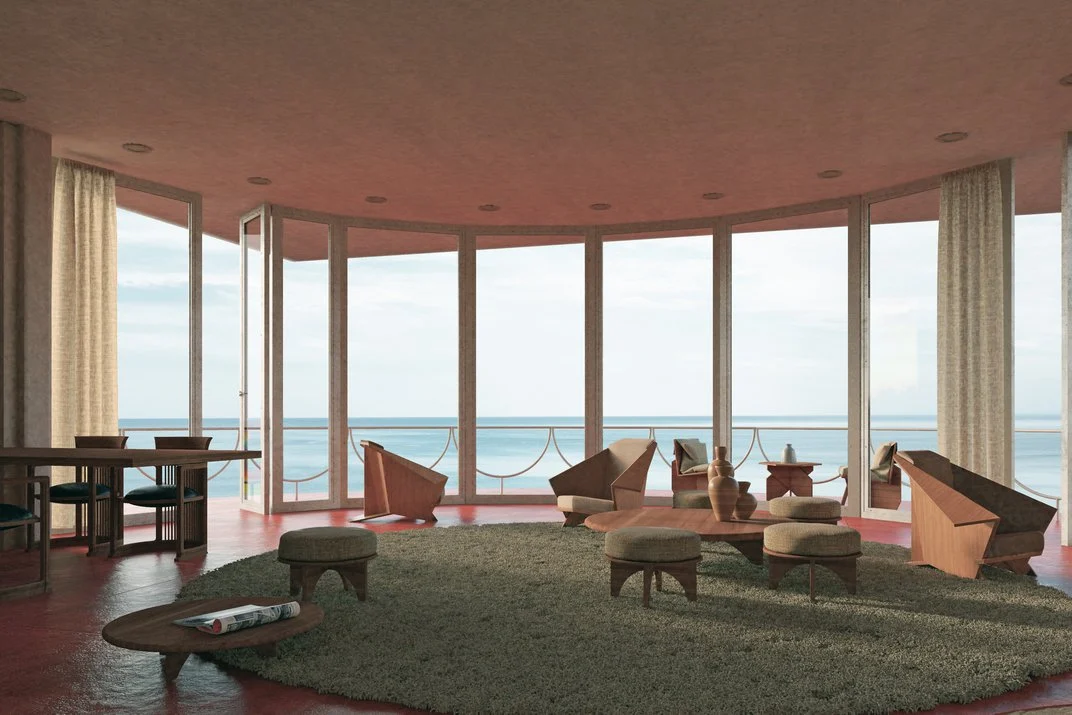Zaha Hadid won the Pritzker Prize, architecture’s most prestigious award, in 2004. She was then in her early fifties — practically a schoolgirl by the standards of her profession — and had only completed four buildings. Yet the Pritzker committee already suspected that she saw possibilities in the built environment, and perhaps entire dimensions, that others did not. Indeed, she would spend her remaining dozen years proving them right, as evidenced by the legacy of impressive structures she left all across the world, from the Contemporary Arts Center in Cincinnati and the BMW Central Building in Leipzig to the London Aquatics Center and the Guangzhou Opera House.
Living in Seoul, I myself have occasion every so often to pass through a Hadid building: the Dongdaemun Design Plaza, which opened in 2013. Essentially a collection of shops and exhibition spaces, it has become best known as a quasi-public gathering place full of backdrops suitable for Instagram photography.
In its size, shape, and aesthetic, the DDP stands well apart from its urban context, looking like a spaceship sent by an advanced alien civilization to colonize an old downtown garment district. In that respect it’s representative of Hadid’s work, which realizes the kind of irregular, unrelentingly curvilinear forms practically unknown in architecture before her rise to its highest level of stardom.
“In her buildings, walls are never quite vertical, floors seldom remain flat for long, and the twain meet not in ninety-degree angles but, rather, in the kinds of curves one finds in skateboard parks,” writes the New Yorker’s John Seabrook, profiling Hadid in 2009. “There is no single Hadid style, although one can detect a watermark in her buildings’ futuristic smoothness. Certain themes carry through her use of materials (glass, steel, concrete), her lines (corridors often trace flowing arabesque shapes, while roof struts make sharp Z‑shaped angles), her structures (she favors column-free spaces), and her sculptural interiors and asymmetric façades.”
Such distinctive designs — of buildings as well as of furniture, jewelry, and other consumer objects — earned Hadid the informal title of “queen of the curve.” You can learn more about her reign and its lasting influence in these two video essays, one from Curious Muse and the other from The B1M. Like all the most innovative architects, Hadid had visions realizable only with, and simultaneously influenced by, the technology of her time. “The idea is not to have any 90-degree angles,” she once said, and the development of advanced computer-aided design tools in the nineteen-nineties made that idea a reality. In pursuing that idea to its very limits, she took the most concrete of all art forms and, improbably, made it abstract.
Related content:
Why Do People Hate Modern Architecture?: A Video Essay
Based in Seoul, Colin Marshall writes and broadcasts on cities, language, and culture. His projects include the Substack newsletter Books on Cities, the book The Stateless City: a Walk through 21st-Century Los Angeles and the video series The City in Cinema. Follow him on Twitter at @colinmarshall or on Facebook.














